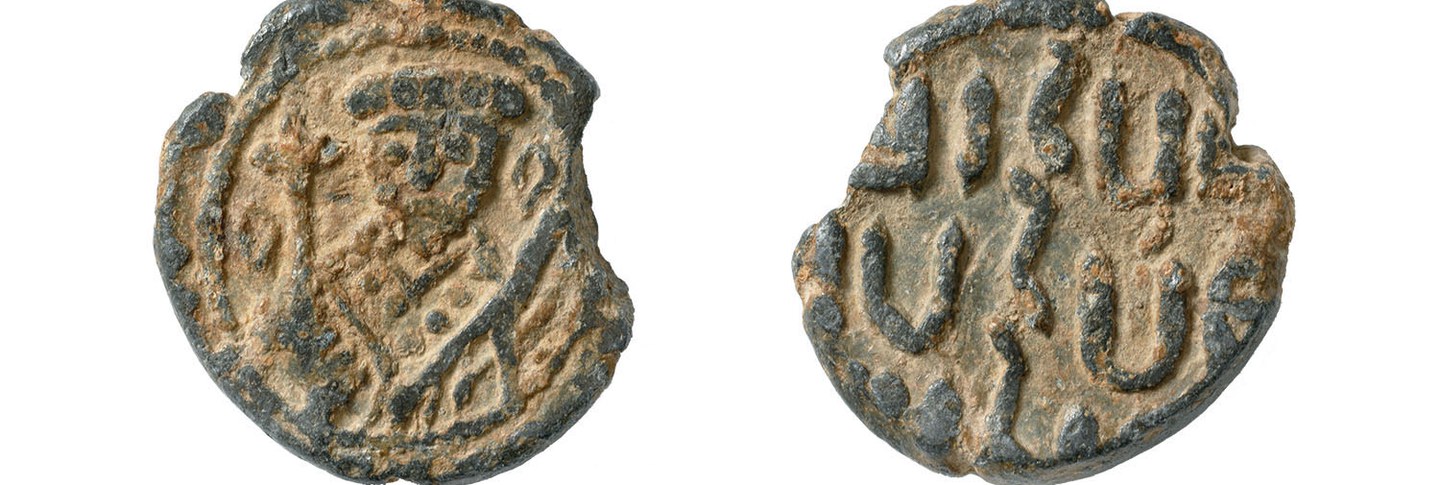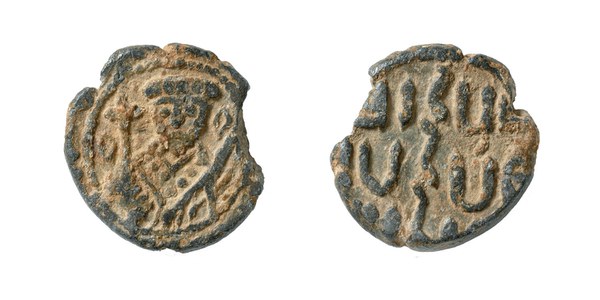By May Wang
The prestige and influence of the Byzantine Empire is no surprise to those who have read its official chronicles or admired its ornate textiles and jewelry. But just how far beyond its borders and into which strata of society its reach extended is still an open question; moreover, the broad range of Byzantine influence raises questions about how Byzantine identities within and beyond its borders were constructed. Studying the border zones of Byzantium offers one point of entry into the topic, and a hundred or so unassuming but unusual lead seals in our collection might hold some clues to understanding the allure of Byzantium abroad.
Most Byzantine lead seals bear imagery on one side and inscriptions in Greek or Latin on the other. Some, like the 572 in the most recent volume of our Catalogue of Byzantine Seals, bear no inscriptions at all. Even fewer—about a hundred in our collection, of fewer than two hundred specimens worldwide—bear inscriptions in languages originating east of Byzantium, including Armenian, Syriac, and Arabic. The lack of context of seal specimens, such as the documents they once were attached to, makes them difficult to decipher in the first place. The seals inscribed with languages other than Greek and Latin, many of which were found in Constantinople and have survived by sheer chance, have lost even more context, making connections between any two specimens that much more difficult.
Enter Dmitry Korobeynikov, associate professor of history at the University of Albany, State University of New York and spring 2021 Byzantine Studies fellow. Korobeynikov reads many of the languages of the Byzantine border zone and has been fascinated by the concept of the border since his student days. Most recently, at the suggestion of Associate Curator of Coins and Seals Jonathan Shea, Korobeynikov has turned his border studies lens to the non-Greek and non-Latin seals in our collection. He likens studying each seal to a detective story—the who, where, when, and why offer fascinating insights into Byzantium beyond its borders.
“Seals are quite perfect for border studies,” says Korobeynikov. Lead seals in Byzantium—of which our collection boasts over 17,000 specimens—were used to secure and authenticate documents, and many indicate the location, social status, and even family lineage of the sender through imagery and inscription. They were in use in Byzantium for centuries but were most popular and ornate in the tenth, eleventh, and twelfth centuries. “What’s interesting about the Byzantine obsession with seals in this time,” Korobeynikov explains, “is that it influenced the people outside of Byzantium, too.”
Korobeynikov’s first step in investigating these non-Greek seals is to look at their imagery, which often imitated common Byzantine patterns. Depictions of the Virgin Mary and saints were common, sometimes to express a sender’s Christianity or recognition of Byzantine Christianity. But looks can be deceiving; “sometimes they imitate Byzantine seals in appearance, but their history is very different than their Byzantine lookalikes,” says Korobeynikov. One example (BZS.1955.1.4571) resembles a Byzantine seal in its depiction of St. Nicholas on the obverse, except the inscription declares it the seal of a moneychanger from Aleppo, which would have been an unusual social status to have a personal seal. Though lead was relatively inexpensive, designing and producing seals was not—not to mention the cost of sending a document over a long distance.
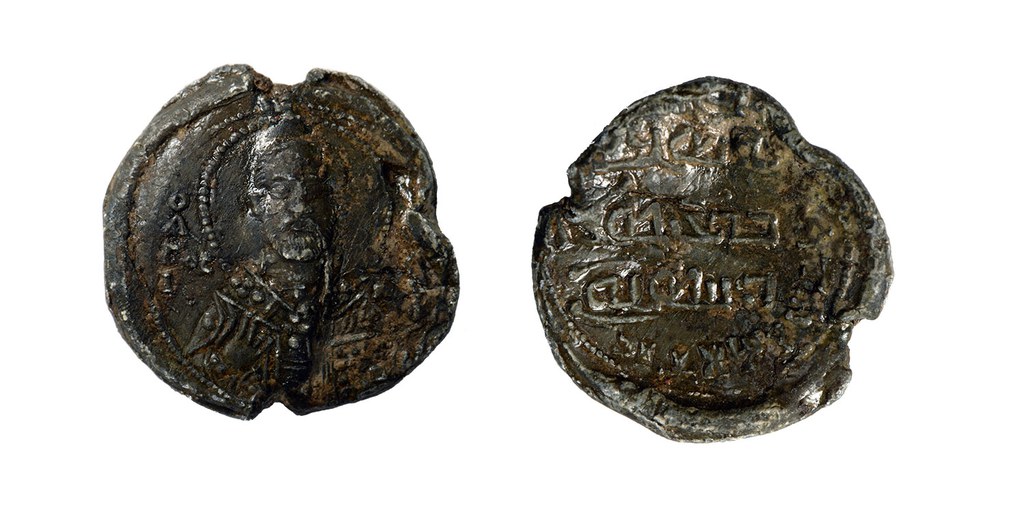
Deciphering the non-Greek inscriptions offers tentative but interesting readings into Byzantine influence abroad. Armenian inscriptions, for example, provide a glimpse of the unique relationship between Byzantium and Armenia in the Middle Ages. Tensions were high over religious differences between the two states, but the Armenians were important political allies for Byzantium. “We have almost no images of Armenian kings in the eleventh century,” Korobeynikov explains, “but this seal [BZS.1951.31.5.3275] shows the unique image of an Armenian king who ruled in Caucasus Albania,” John-Senek’erim. The depiction of an Armenian subject in the prestigious form of the Byzantine seal shows Armenian kings were members of the Byzantine commonwealth.
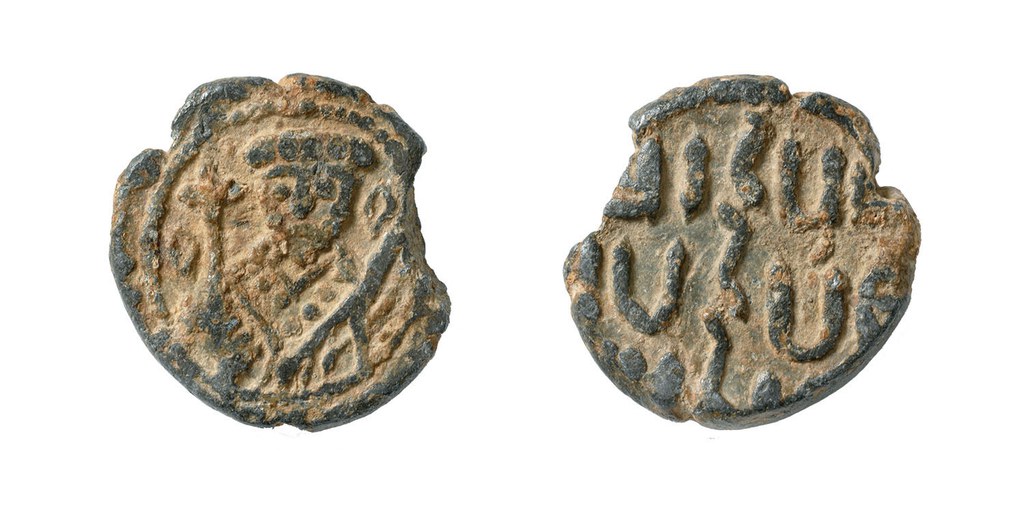
Another non-Greek seal, bearing a Syriac inscription, adds a clue to the story of a dynasty that lasted for the better part of the first millennium. The Gabras family was an influential Armenian dynasty in the service of Byzantine emperors, eventually becoming part of the Byzantine aristocracy. In the late Byzantine era, the family migrated to Crimea, and manuscripts mention a Syriac Gabras in the thirteenth century. Portions of the dynasty survived outside Armenia until as late as the early twentieth century—the last of the Gabrades was chief secretary to the famous Rasputin. But the seal (BZS.1958.106.4588), inscribed in Syriac rather than Armenian as might be expected, dates from the eleventh century, suggesting the family may have moved to Syrian territories earlier than previously thought.
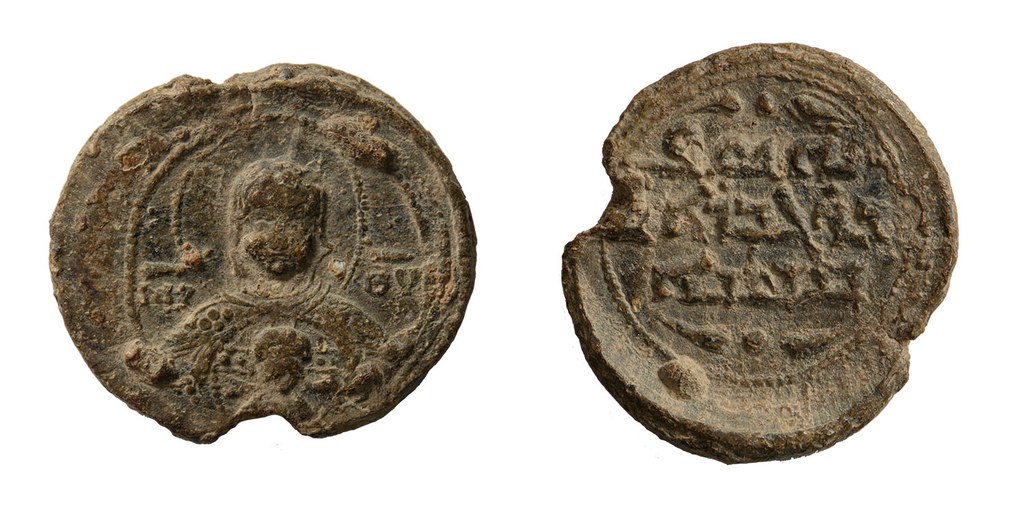
Korobeynikov is continuing to study other non-Greek seals from our collection, like the ones with Arabic inscriptions. Many of those bear the names of Arabic Christians, which may help broaden our understanding of Christianity outside of Byzantium. In general, though, Korobeynikov is excited for how further study of this unusual category of seals will reshape our understanding of Byzantium “non-Greek seals can help us make a real breakthrough in border studies to understand not just the emirs, governors, and princes who were connected to Byzantium, but the people as well.” Their form and inscriptions attest to the network of people Byzantium maintained abroad, and how they understood their relationship to the Byzantine empire. “You can be Byzantine outside of the Byzantium,” Korobeynikov puts it, and following the trail of evidence left by these non-Greek seals is one way to understand exactly how far-reaching Byzantium was.
May Wang is postgraduate writing and reporting fellow at Dumbarton Oaks.
